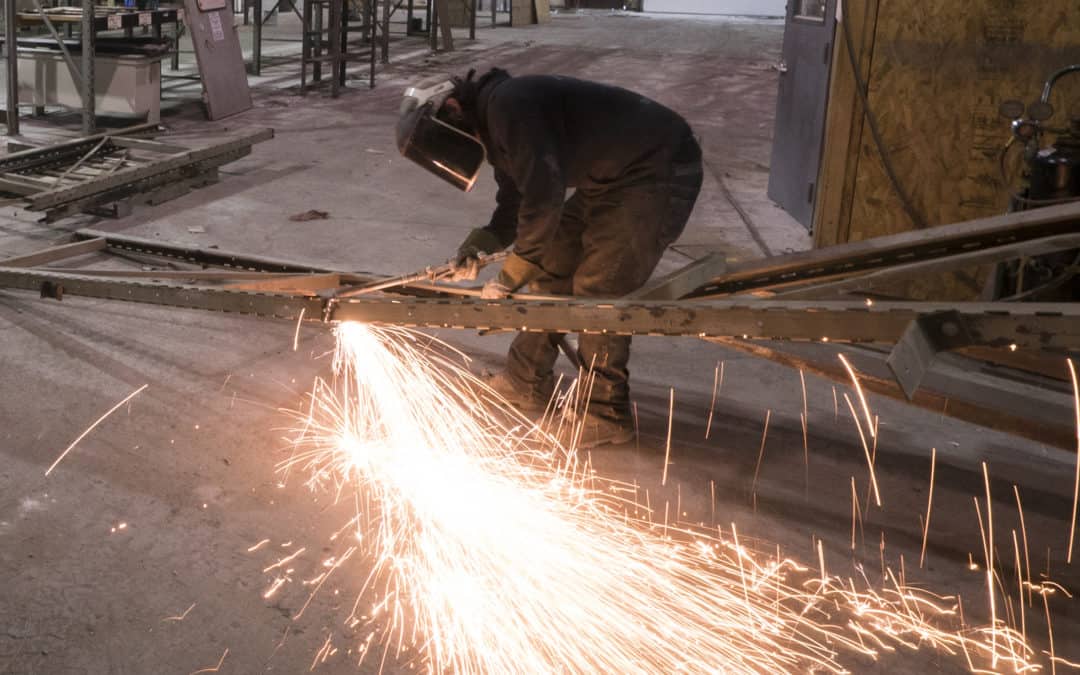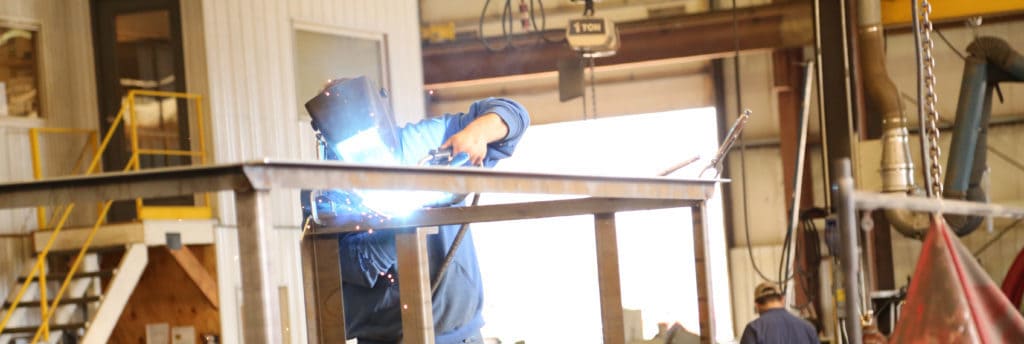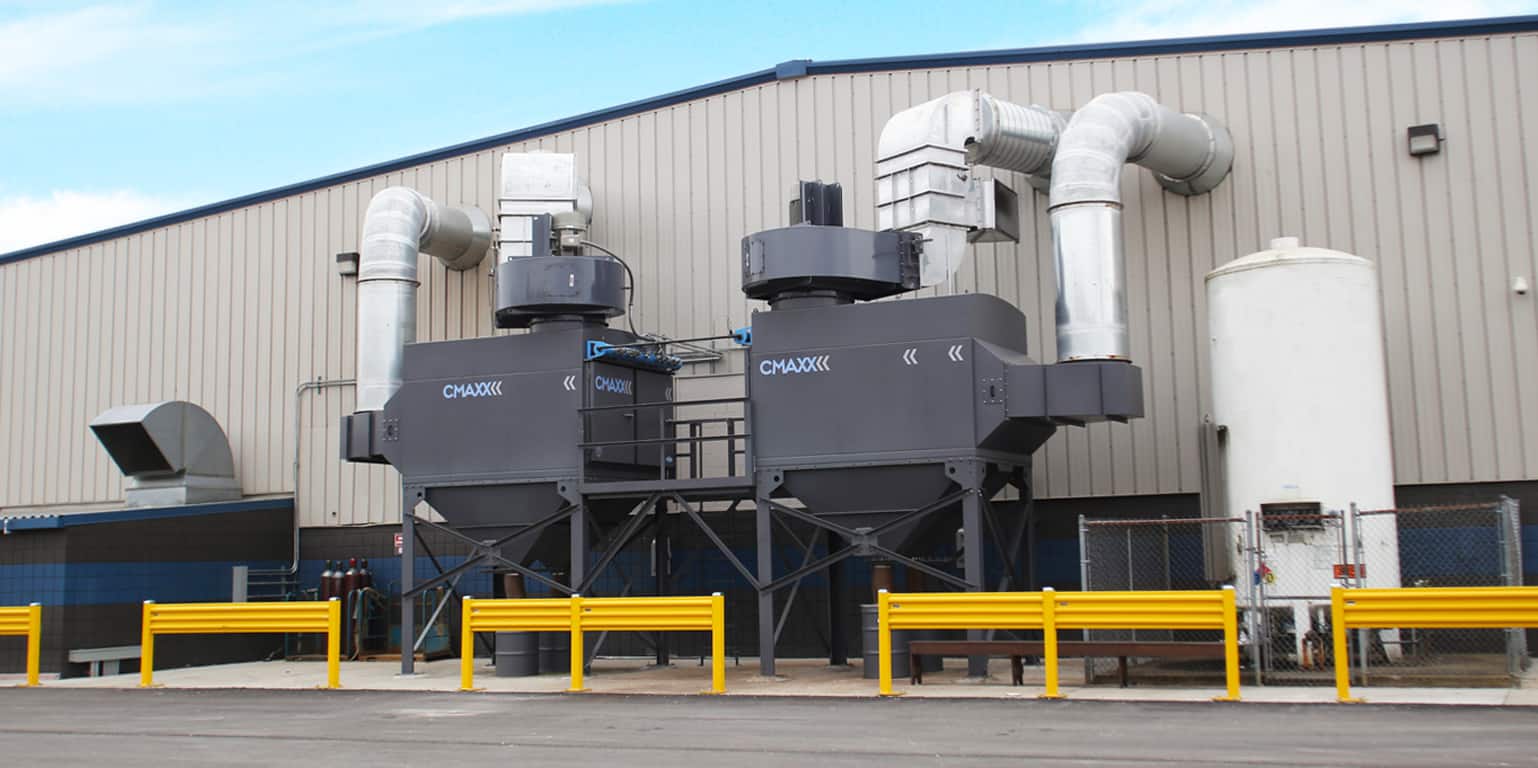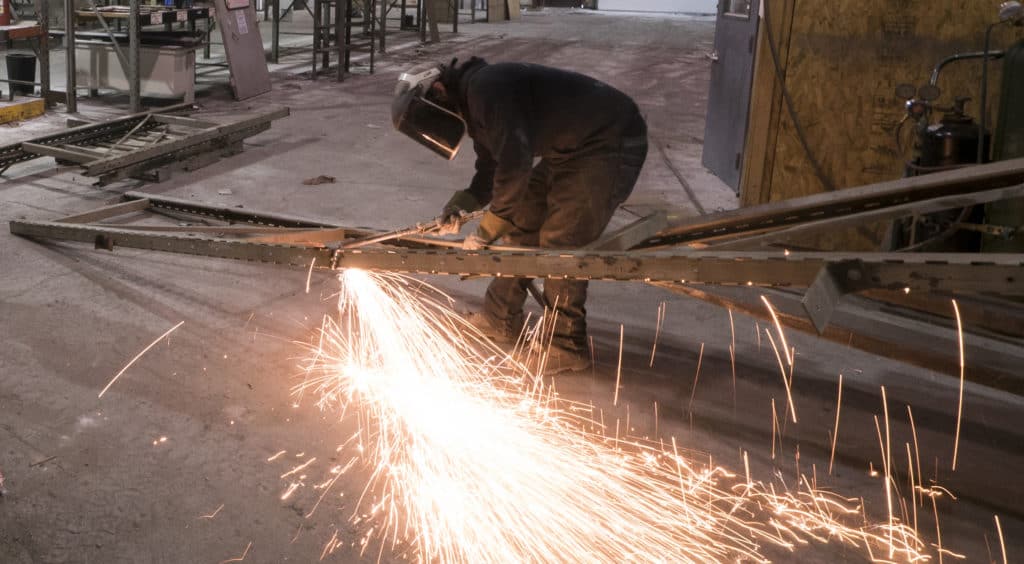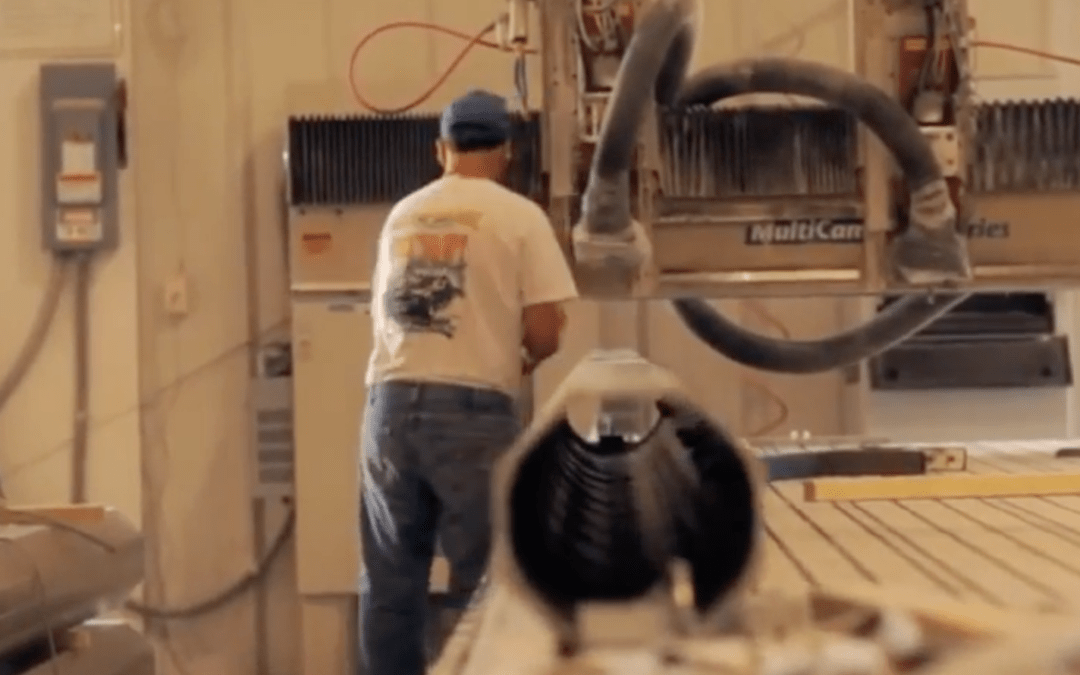
Creative Pultrusions – Fiber Reinforced Plastic (FRP)
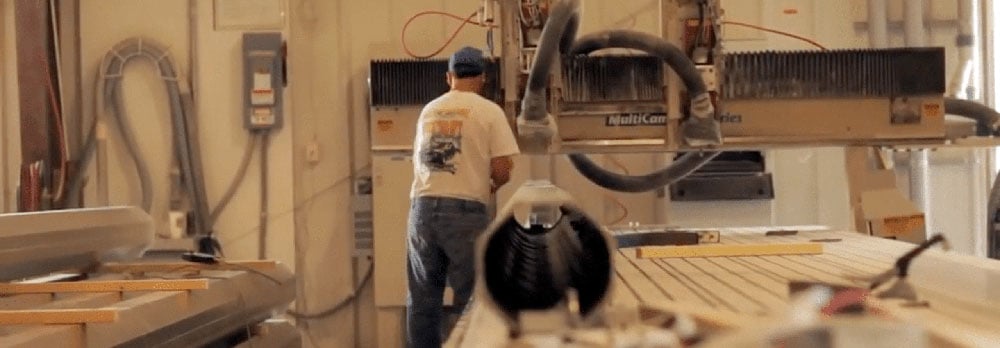
Creative Pultrusions manufactures fiber reinforced plastic for the infrastructure, marine, and other corrosion-resistant markets. Fiber reinforced plastic is durable, resistant to corrosion and damage over time, and makes an excellent support material for many projects.
The company not only manufactures large pieces of fiber reinforced plastic, but they also do many kinds of secondary work, including drilling, sanding, cutting, and CNC machining, which produce large amounts of dust. Testing identified this dust as weakly combustible.
When Creative Pultrusions ran into OSHA’s increased interest in combustible dust management, they considered upgrading their current system of vacuums and slide gates, but discovered that a new system from Imperial Systems was just as cost-effective as trying to rebuilt the old one.
Working with Creative Pultrusions, Imperial Systems was able to design for them a turnkey CMAXX Dust & Fume Collection system that met all of their needs. Once main concerns was air flow to the very large CNC machines that the company uses on large pieces of material. With specially engineered and placed fans, the CNC machines got all the airflow they needed, and the rest of the facility got the dust protection that it needed.
In a large facility where there are so many different stations for grinding, sanding, drilling, and machining, there are many locations for dust to be produced. Imperial Systems was able to design a system where dust was safely captured at all of these check points and removed from the work area.
One important aspect of the system designed by Imperial Systems was the complete fire and explosion prevention equipment that helped them meet NFPA standards on combustible dust. The system even allowed them to increase safety and dust control in areas that hadn’t had sufficient dust collection before the new system.
The company feels safer from combustible dust risks, and they feel confident that they are meeting all NFPA standards and they are prepared for any of OSHA’s expectations. Because Imperial Systems products are built to last, the company remains just as happy with their system today as they were the day it was installed, and confident that they made the right decision in choosing to go with Imperial Systems.
At the time, as a company still building our reputation in the dust collection field, the opportunity to work with a local Pennsylvania company to showcase our skills was a great chance to prove everything we are capable of, and the system we designed was, and continues to be, a showcase of the quality of work that we provide to our customers every day.
We continue to provide as-needed maintenance and support to Creative Pultrusions as their needs grow and adapt. Customer service is a hallmark of Imperial Systems and our field service teams are second to none in their level of expertise and skills.
If you are looking for a new dust collection system, please take a few minutes to watch the video and hear the people from Creative Pultrusions describe in their own words how this system has changed their facility and provided them with exactly what they were looking for.
Read more
